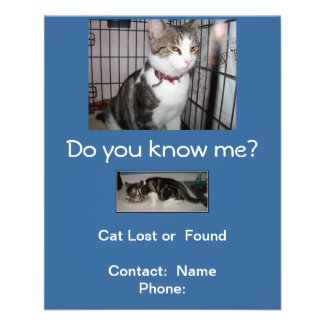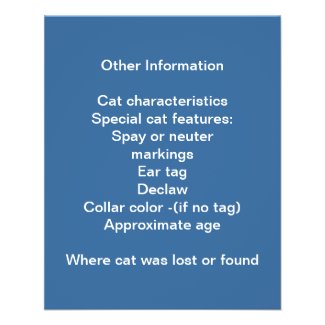Today while on Facebook I asked if anyone put out a bowl of water for the neighborhood cats or wildlife. Most people were kind and said that they did, but one of my followers said that she used a humane method of trapping stray and feral cats and took them to the shelter. Know that there is nothing humane about trapping a cat, they are terrified and if they are feral the shelter will euthanize the frightened cat.
I have no idea what she was thinking but the animal shelter does not put feral cats up for adoption and they do not sterilize them or place them in colonies. As a rule, shelters will euthanize all feral cats immediately and any cat that is aggressive, even if they are fearful; hiss-spitting cannot be adopted and they are not going to socialize it for adoption.
It is a death sentence for stray/feral cats if they are trapped and taken to an animal shelter. Here is an article from Alley Cat Allies that explains why trapping and killing cats is not a good way to control cat populations
Feral cats that I have trapped for TNR or socialization
.
Many people assume cats without collars are strays or feral cats. We find cats without collars in our yard all of the time, some stay a few days hanging out, others find their way back to their homes. 95% of them are neighborhood cats.
 |
| This cat without collar hung out in our yard for 4 days. He was afraid of us, hissed and spit he also meowed. Feral cats do not meow and they run from humans so they do not hiss or spit. Today we saw the flyer, this cat was lost and scared. He may have looked like a stray/feral cat with no collar, but the story is he got out of the house and was lost. |
If the cat hangs around for several days we will take their photograph and post it on a “found cat flyer” and pass it out to our neighbors. We will also go online to Facebook to share a photograph of found cat at the Humane Society and our contact information. We never trap the cat to surrender to the shelter for fear that the cat will be euthanized.
Here is a flyer that I use when looking for pet owners.
by Susang6
Backside of cat flyer:
by Susang6
As for feral cats we do trap them and take them to the veterinarian for feline disease tests, sterilization and rabies and other vaccines before we release them to an area called a colony where there are caretakers to feed these cats and watch to make sure they are okay. Learn more about neighborhood cats and their TNR at Alley Cat Allies
















